Have you ever wondered why your guitar plays great one day, yet feels completely different on another? Suddenly the fret edges are sharp or the action has shifted and the guitar won’t play in tune anymore. These changes can happen overnight, especially in the winter. Cold, dry weather brings low humidity and that causes cracked guitars. Winter is my busiest time of year for structural repairs, and most of these repairs are preventable with an inexpensive humidifier. I’ve been preaching this message for more than two decades: Preventive measures are the key to keeping your guitar in top condition.
Dealing with humidity.
Humidity is the amount of moisture or water vapor in the air. The more moisture in the air, the higher the humidity. Lesser amounts of moisture results in lower humidity.
There’s a popular myth that a guitar sounds better when it dries out. Actually, it just cracks and then I get to charge a fortune to repair it. This myth is often confused with a guitar’s natural aging process. When a guitar ages, cells in its wood begin to crystallize and harden, causing the guitar to get louder and more dynamic. But if it’s not properly humidified, the wood will crack. (Did I mention structural repairs are very expensive?)
But you can have too much of a good thing: When a guitar is over humidified, it swells up and loses volume and tone. (Think of a tub of lard with strings.) High humidity can also cause finish discoloration and even allow mold to grow inside the guitar.
The way to avoid these problems is to maintain a consistent humidity level for your instrument—particularly an acoustic hollowbody. This will prevent a host of ailments and costly repairs.
Symptoms of low humidity.
One of the common telltale signs of a dry guitar is sharp fret ends. When a guitar dries out, the fretboard shrinks and the frets protrude beyond the wood. Correcting this problem requires re-humidification, conditioning, and fret filing. If your guitar is showing signs of low humidity (sharp fret ends, cracks, or separated glue joints), you need to have it evaluated by a reputable luthier.
This is what happens to a dry guitar in various levels of low humidity.

LEFT: Fig. 1. This top cracked from lack of humidity. MIDDLE: Fig. 2. Fretboards can also crack as a result of low humidity. RIGHT: Fig. 3. The Humidipak guitar humidifier system.
Photo courtesy of Planet Waves
Below 35 percent humidity:
- Action (string height) changes.
- The top flattens out.
- Fret ends feel a little sharp.
Below 25 percent humidity:
- Fret ends become very sharp.
- There are drastic changes in the playability.
- Seams begin to separate.
- There’s a slight separation between the bridge and top.
- The finish starts to sink.
Below 15 percent humidity:
- Cracks appear in the top and body (Fig. 1).
- The bridge and fretboard crack (Fig. 2).
- The glue joints in the neck, bridge, and braces begin to separate.
What is the best humidity level for my guitar?
Most experts say 40-50 percent. At this level, a guitar will sound and play its best. A great way to control humidity is to use a humidifier. Think of it as an inexpensive insurance policy to protect you from very expensive repairs.
A guitar humidifier is easy to use and very effective. Some guitar humidifiers are suspended between the 3rd and 4th strings and contain a damp sponge that needs remoistened every two or three days. This type of product works okay, but it’s not consistent. The humidity will spike at first, then slowly diminish as the sponge dries out.
The more modern guitar humidifiers use a gel that not only emits humidity, but also absorbs it if the humidity gets too high. This technology was first developed for cigar humidors, and now it’s available for guitars. Planet Waves makes a great humidity control system called the Humidipak that uses this technology (Fig. 3.). I’d also recommend using a hygrometer to measure the humidity.
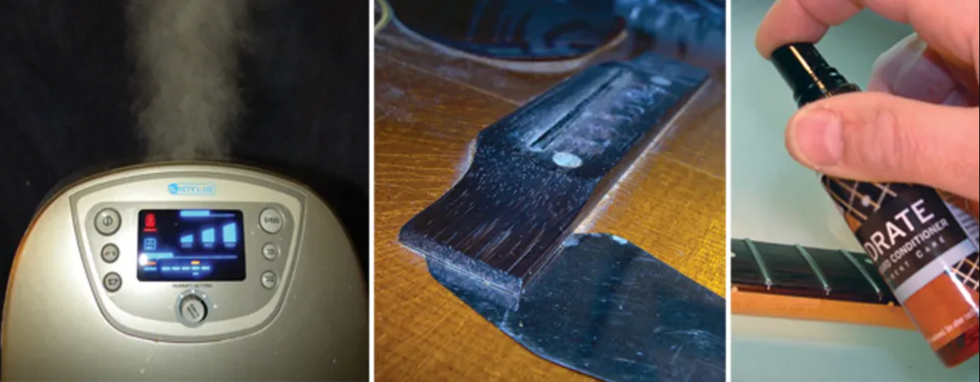
LEFT: Fig. 4. A room humidifier in action. MIDDLE: Fig. 5. Thanks to heat exposure, this bridge separated from the top leaving a gap big enough to slide in a seam separation knife blade. RIGHT: Fig. 6. Use a wood conditioner to protect your rosewood or ebony fretboard.
Another great way to control humidity is to use a room humidifier. This is a great idea if you have multiple guitars in one room. Humidifiers come in all shapes and sizes, but be very selective, as some work much better than others. I use a programmable humidifier that utilizes both “warm mist” and “ultrasonic technology.” It also has a built-in hygrometer and a UV light to help purify the water. This type of humidifier is much healthier than the “cool mist” types that require a filter.
What guitars need to be humidified?
All guitars should be humidified, even electric solidbodies. Newer guitars generally need more moisture because the wood is kiln-dried, as opposed to a vintage guitar made from air-dried wood. The difference between kiln and air-dried wood is dramatic. Kiln-dried wood uses heat to dry the wood to accelerate the aging process. However, these guitars require more moisture to prevent warping and cracking. Air-dried wood is more stable, especially in vintage guitars, because the wood was generally aged over a decade before being made into a guitar. As a result, the cracked wood was removed from the pile and used for something else. Guitars made from air-dried wood still need humidity to sound best, but they retain moisture better than their modern counterparts.
Too hot to handle!
Heat exposure can also have destructive effects on a guitar. When a guitar is left in the trunk of a car—especially on a sunny day—the glue joints can fail. Imagine the shock of opening your case and finding a pile of wood where your guitar used to be. Once again, I get to charge a fortune for repairing heat-damaged guitars, so be vigilant.
A frigid nightmare.
Cold is also an enemy. When a guitar is exposed to low temperatures and then brought into a warm environment, the finish can develop checking. Checking creates tiny hairline cracks in the finish—like someone laid a spider web over the finish— and you can’t polish this out. Finish checking is permanent and can only be repaired by refinishing (not something I would recommend). Finish checking is basically the result of the finish changing from one temperature extreme to the other. This causes the finish to expand and contract too fast, and that makes it crack. To minimize this, when you bring your guitar in from the cold, don’t open the case until the outside of the case is at room temperature. Even then, there’s no guarantee the finish won’t check, but it will lessen the odds.
Okay, let’s review—here’s how to prevent damage to your beloved guitar:
- Buy a guitar humidifier.
- Keep your guitar at between 40–50 percent humidity.
- Use a hygrometer.
- Keep your guitar in a consistent environment (one that’s comfortable for you).
- Keep it out of direct sunlight and out of the car trunk.
These simple steps can save you hundreds of dollars in repairs.
[Updated 12/30/21]
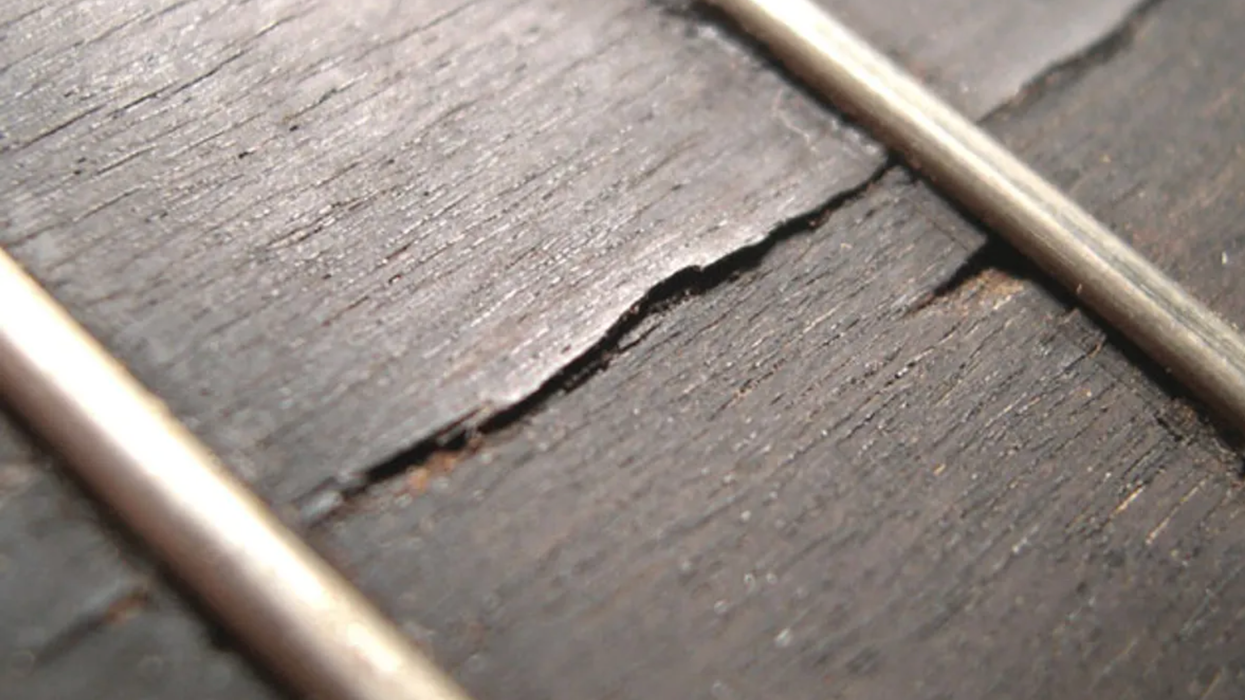

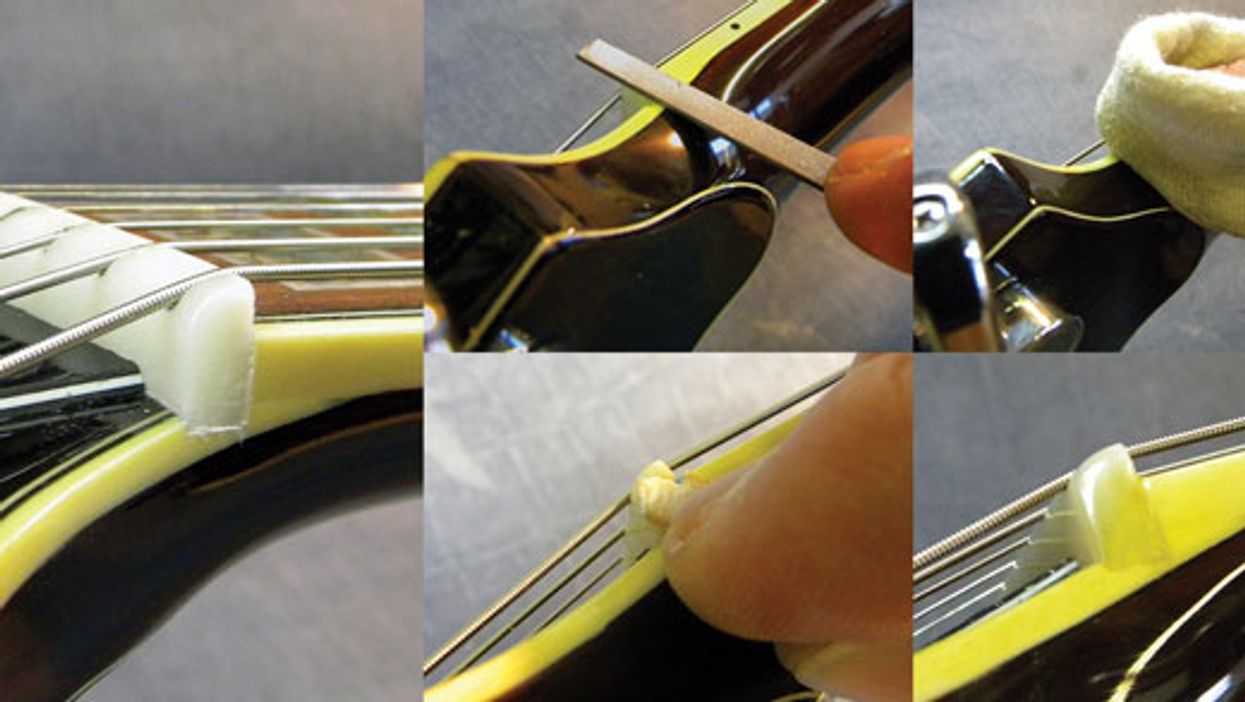
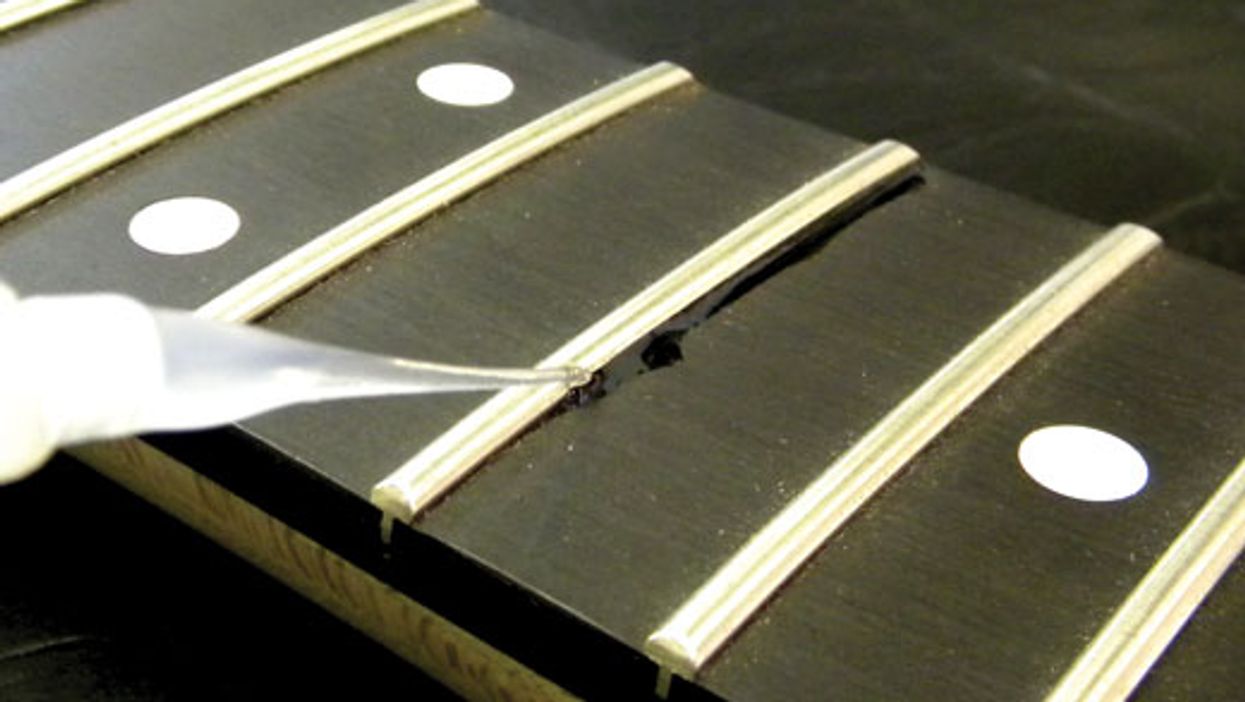
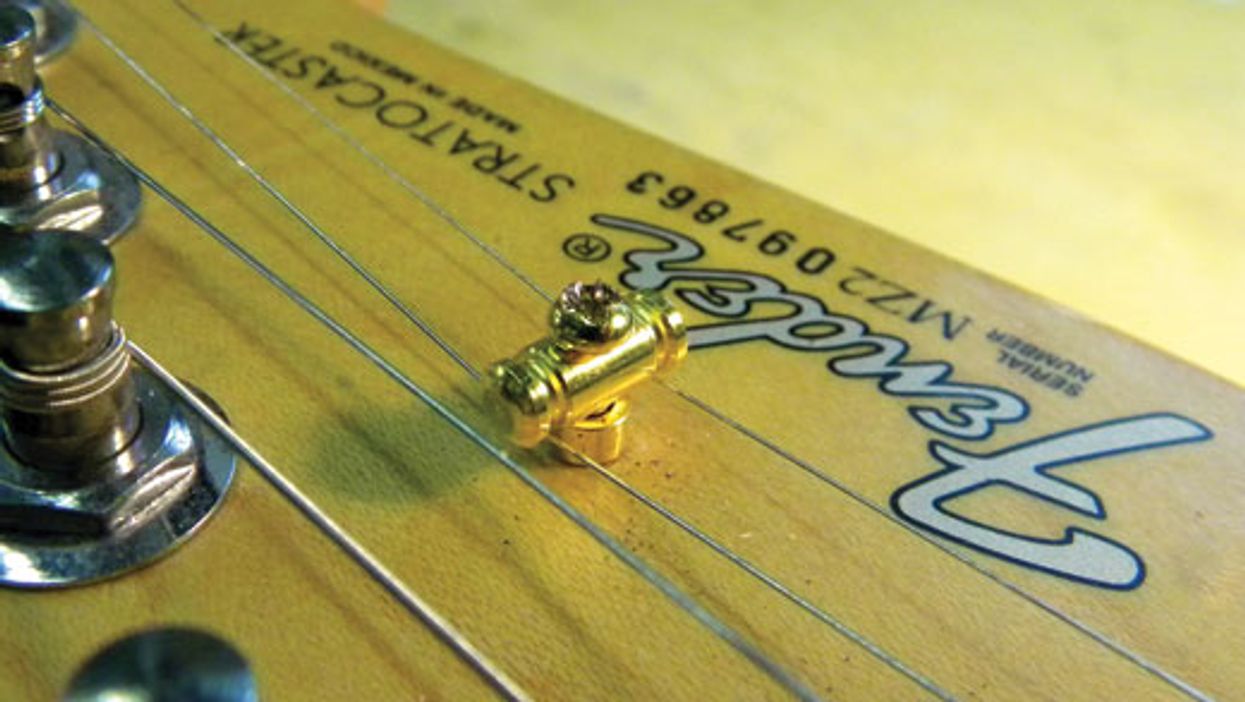



![Devon Eisenbarger [Katy Perry] Rig Rundown](https://www.premierguitar.com/media-library/youtube.jpg?id=61774583&width=1245&height=700&quality=70&coordinates=0%2C0%2C0%2C0)





















